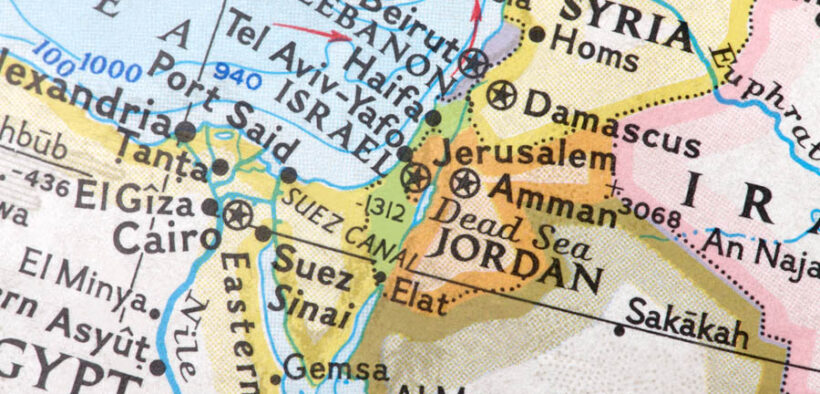What can we expect from the conflict with Iran?

Tensions in the Middle East rose significantly, first with Israel’s attacks on Iran and then with the United States’ entry into the conflict. A truce was declared between the parties on Monday, the 23rd, but the underlying nature of the conflict remains.
To date, markets have been essentially calm, with crude oil price fluctuations of barely 1% and futures delivery prices declining. The entry of the United States, however, introduced a dimension of greater intensity, with fears that Iran would respond by closing the Strait of Hormuz — a transit route through which nearly 20% of the world’s oil trade and a significant portion of the natural gas destined primarily for Europe pass.
Had this closure occurred, it would have had significant implications for the price of oil destined for Europe. Of course, it would also have affected Iran’s oil exports.
The economic shock would have been felt most strongly in Europe, where inflation and energy costs would increase. Market reactions and volatility in European stock markets would be immediate, with global repercussions.
Another dimension of a closure is that, beyond oil, the strait is a very important route for global maritime freight transport. The United States has increased its oil production, and there are alternative transportation routes — albeit at a higher cost and time. Crude oil departing from the United States and Canada does not pass through the strait.
Some of the repercussions on oil prices have been felt, although not dramatically, to date. However, it should be noted that from the end of May to the present, the price of Brent crude oil, which is quoted in Europe, has increased by 30%. In the case of WTI (West Texas Intermediate), the reference price for the United States and Puerto Rico, it rose from $63.27 per barrel to $73.84 per barrel between June 2 and June 20 — a 17% increase.
The truce caused the price of WTI to decline, reaching $64.37 per barrel on June 24.
This truce does not mean that the causes and motives of the conflict have disappeared. Quite the contrary, they remain. This means that Puerto Rico must expect that, if the conflict resumes, instability in the financial markets and oil prices will worsen, which would translate into increases in the price of gasoline and general inflation.
The most reasonable expectation is one of caution, with the possibility of a spike in crude oil prices still present. Concerns surrounding the final tariff negotiations remain.

Author Graham Castillo is president of Estudios Técnicos Inc.












